The Bobcat is a species of lynx in the Felidae family. Their closest relatives are the Eurasian lynx, Canada lynx, and Iberian lynx. This species lives throughout North America, from southern Canada to Mexico.
Across their wide range, researchers divide the Bobcat up into 13 different subspecies, and each subspecies looks slightly different from the next. Read on to learn about the Bobcat.
Description of the Bobcat
Bobcats in different regions vary slightly. Some subspecies are larger than others, some have different colors or patterns on their coats. They range in size from 25 – 40 in. long and weigh 8 – 35 lbs. depending on the region.
Populations in colder regions normally grow larger than those in more tropical areas. Their coats come in a number of different shades, anywhere from light tan to brown. They also have stripes and spots across their coat, and dark fur on the tip of their short tail.
Interesting Facts About the Bobcat
These are common creatures that live throughout North America. Learn what traits and behaviors make them unique below.
- Mega-Moms – Female Bobcats are independent women that don’t need no man! After mating, the males go their own way in search of another female to mate with. Females care for their litter of kittens entirely alone.
- Arguments Abound – Of course, since they rarely interact with males, mating can be a little touchy. During the breeding season these usually-quiet creatures become quite vocal with one another. Pairs hiss, growl, and yowl at one another during the courtship and breeding process.
- Ladies’ Man – Male Bobcats are quite the bachelors. They hold and patrol territories significantly larger than those of their female counterparts. The purpose? Having access to more females! Males maintain territories that overlap with several different females, so that they can mate when the females are receptive.
Habitat of the Bobcat
Across their range these cats live in a variety of different ecosystems. They inhabit forests, grasslands, desert edges, brushland, chaparral, marsh, wetland, and more. They prefer coniferous or deciduous forest types.
These mammals also live at elevations from sea level to high mountains. Some also live in close proximity to humans and inhabit farms, pastures, and even the edges of suburbs.
Distribution of the Bobcat
The Bobcat lives across much of North America, though different subspecies live in different regions. They range across southern Canada, throughout most of the United States, and most of Mexico as well.
They do not inhabit the northern reaches of Canada, parts of the northeast United States, and parts of southern Mexico. They are also absent from some of the areas around the Great Lakes, including Detroit and Chicago.
Diet of the Bobcat
This species is carnivorous and feeds almost exclusively on meat. They eat a variety of different types of prey, including birds, small mammals, reptiles, and more. Common prey items include rats, mice, rabbits, hares, squirrels, voles, birds, and more.
Researchers have also recorded them hunting fish, insets, foxes, domestic cats, cranes, deer, and more. They also hunt livestock on occasion, including poultry, sheep, and goats.
Bobcat and Human Interaction
Humans interact with Bobcats in a number of different ways, both directly and indirectly. People used to hunt them for their fur, though this practice is not as popular as it was in the past. Farmers also hunt them to prevent loss of livestock.
Populations and subspecies in some areas face greater pressure from human interaction than others. However, the IUCN lists the population as Least Concern and stable.
Domestication
Humans have not domesticated Bobcats in any way.
Does the Bobcat Make a Good Pet
No, Bobcats do not make good pets. They are wild cats and are more than capable of using their sharp teeth and claws to injure you or other. These wild animals can also kill other domestic animals, like cats and dogs. In most areas it is also illegal to own one of these magnificent animals as a pet.
Bobcat Care
Bobcats in zoos live in relatively large enclosures with lots of shrubs and bushes to hide in. They are shy creatures, so it is important for their enclosures to provide plenty of hiding places, caves, tunnels, and other areas to escape detection. Zookeepers feed them a ground carnivore diet, rib bones, rats, mice, rabbits, and more.
Behavior of the Bobcat
Like its relatives, this species is solitary and lives alone. Outside of the breeding season, Bobcats do not tolerate intruders in their territories, which they spend their nights patrolling, and stalking prey.
Bobcats use urine and anal gland secretions to mark the edges of their territories. When the breeding season arrives, females use these scent markings to display their receptivity to mating. They also communicate by yowling and hissing during the mating season.
Reproduction of the Bobcat
Male Bobcats mate with the females around his territory. After courting and mating, the male moves on to find other receptive females. Females have a gestation period of about two months. Litters usually contain about three kittens, which are born blind and deaf.
The mother weans the kittens after two months, but they remain with their mother until they are around eight months old. Females begin breeding when they are around a year old, but most males do not breed until they are around two years old.

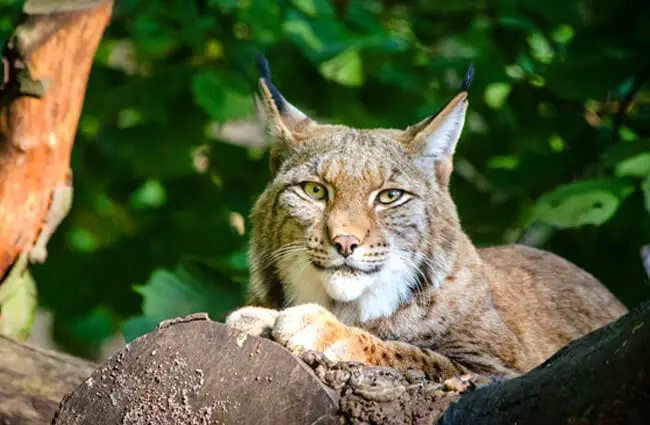
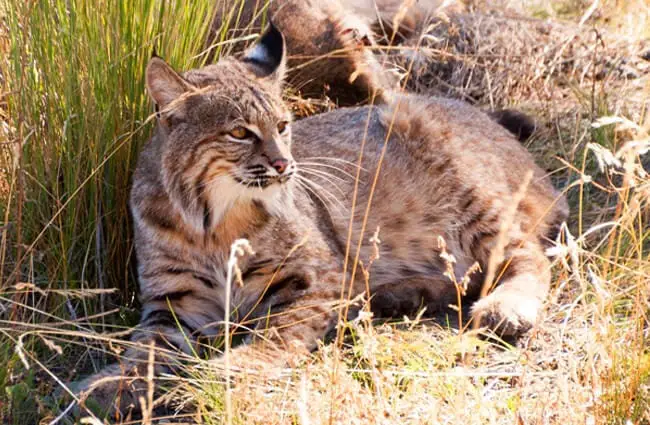
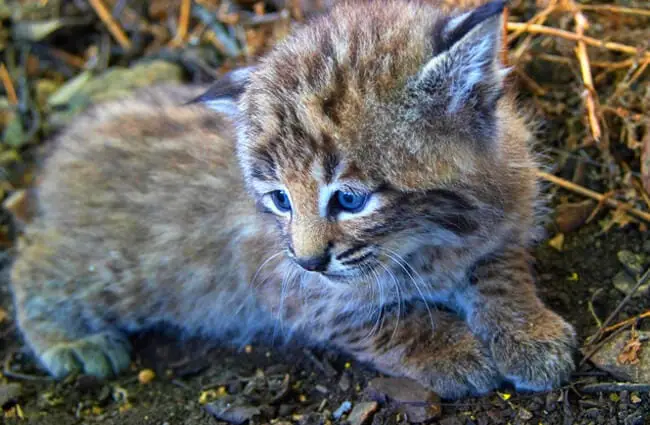
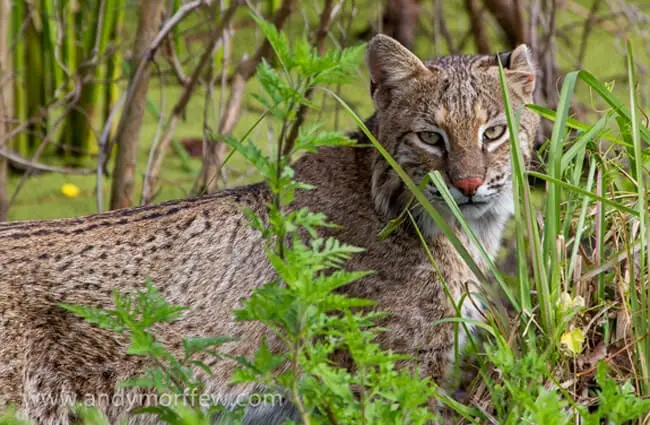


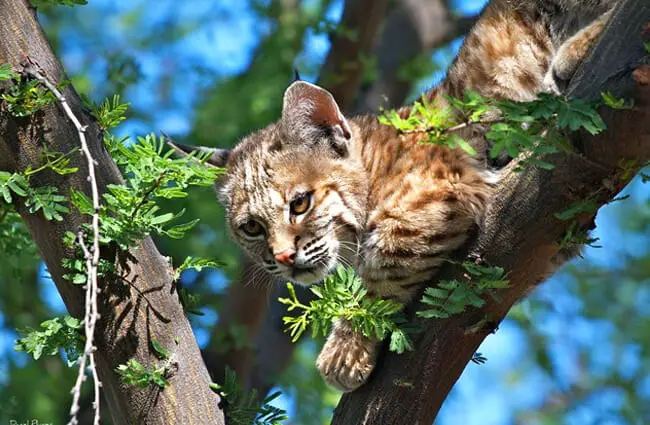
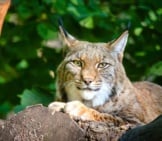
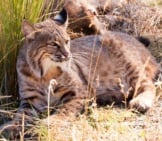
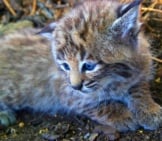
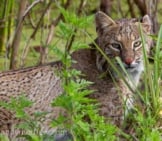
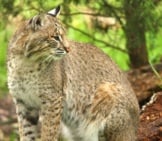
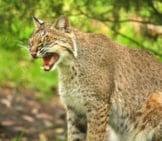

![Red Angus Closeup of a beautiful Red Angus cowPhoto by: U.S. Department of Agriculture [pubic domain]https://creativecommons.org/licenses/by/2.0/](https://animals.net/wp-content/uploads/2020/03/Red-Angus-4-238x178.jpg)












![Red Angus Closeup of a beautiful Red Angus cowPhoto by: U.S. Department of Agriculture [pubic domain]https://creativecommons.org/licenses/by/2.0/](https://animals.net/wp-content/uploads/2020/03/Red-Angus-4-100x75.jpg)

